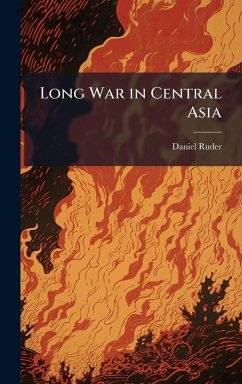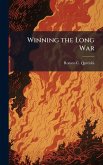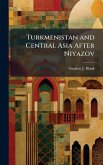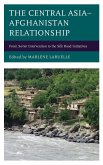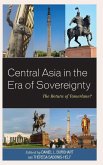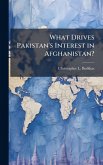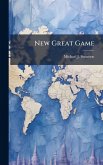One of the effects from the September 11th terrorist attacks was an intensified United States strategic partnership with the Central Asian states. Geographically, Central Asia is critical to the GWOT. In support of Operation Enduring Freedom (OEF) in neighboring Afghanistan, many of the Central Asian states provided over-flight access, including basing rights at Kyrgyzstan's Manas Air Base and Uzbekistan's Karshi-Khanabad (K2) air base. Partnership with Central Asian states afforded the United States the strategic and operational freedom of action to win in Afghanistan. After more than four years of an intensified U.S.-Central Asian partnership, regional stability in Central Asia is still threatened by Islamic extremism. Central Asian leaders have argued against liberal reforms in fear of Islamic extremist threats to foment more rebellions. Once such threat is the Hizb-ut-Tahrir, a transnational, radical Islamist political movement that aims to overthrow a Central Asian government and restore the Islamic Caliphate. The problem is that Hizb-ut-Tahrir is gaining popularity in Central Asia. The monograph's thesis is that the Central Asia region is at risk of devolving into a major front in the GWOT in the long-term if the United States fails to use its influence to counter the Islamic extremist threat presented by Hizb-ut-Tahrir (Islamic Party of Liberation). The question this monograph answered was: can the Hizb-ut-Tahrir's ideology form the basis for a destabilizing collective movement in Central Asia? The answer was yes. To counter the growing threat from Hizb-ut-Tahrir, the following U.S. and Central Asian government responses were proposed: 1. Diminish Hizb-ut-Tahrir's political space by opening up the political process. 2. Win the strategic communication battle. Employ media resources to disseminate positive values of religious understanding. The United States should incorporate Central Asia into public diplomacy statements on political and socio-economic reform This work has been selected by scholars as being culturally important, and is part of the knowledge base of civilization as we know it. This work was reproduced from the original artifact, and remains as true to the original work as possible. Therefore, you will see the original copyright references, library stamps (as most of these works have been housed in our most important libraries around the world), and other notations in the work. This work is in the public domain in the United States of America, and possibly other nations. Within the United States, you may freely copy and distribute this work, as no entity (individual or corporate) has a copyright on the body of the work. As a reproduction of a historical artifact, this work may contain missing or blurred pages, poor pictures, errant marks, etc. Scholars believe, and we concur, that this work is important enough to be preserved, reproduced, and made generally available to the public. We appreciate your support of the preservation process, and thank you for being an important part of keeping this knowledge alive and relevant.
Bitte wählen Sie Ihr Anliegen aus.
Rechnungen
Retourenschein anfordern
Bestellstatus
Storno

